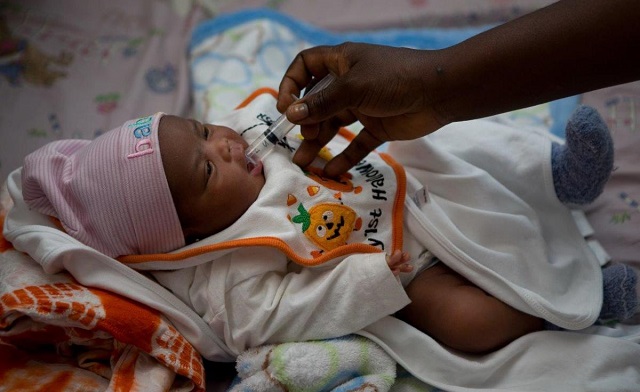
Local experts focus on international research findings to study effect of treatment interruptions
Kampala, Uganda | PATRICIA AKANKWATSA | Researchers in Uganda are making significant strides in the fight against pediatric HIV. Leveraging data from the International Maternal, Pediatric, Adolescent AIDS Clinical Trials (IMPAACT P1115) study, they are exploring the complexities of Analytical Treatment Interruptions (ATIs) as a potential path towards a cure.
IMPAACT P1115 is an ongoing, phase 1/2, proof-of-concept study in which infants were enrolled at 30 research clinics in 11 countries (Brazil, Haiti, Kenya, Malawi, South Africa, Tanzania, Thailand, Uganda, the USA, Zambia, and Zimbabwe) into two cohorts.
Despite substantial advances in preventing perinatal HIV transmission, infants remain at high risk for HIV due to undiagnosed or untreated maternal HIV. Babies born with HIV have limited treatment options, as HIV medications approved for new-borns can be challenging to give consistently, usually once or twice per day.
Findings published by IMPAACT P11115 research show that for newborns with HIV, starting treatment within 48 hours of birth is feasible and safe.
Current findings indicate that very early treatment limits the build-up of HIV reservoirs. For some babies, this may help make remission achievable. Remission means having no HIV detectable in blood tests after treatment is stopped.
One promising strategy involves Analytical Treatment Interruptions (ATIs). ATIs are usually used in HIV cure-related trials to see whether an investigational HIV drug or strategy can delay or prevent viral rebound after study participants stop antiretroviral therapy (ART).
Studying this resurfacing virus can provide crucial information on how to eliminate it permanently. However, ATIs present a complex ethical dilemma for Ugandan researchers.
Violet Korutaro, IMPAACT early-career investigator, Baylor College of Medicine Children’s Foundation in Uganda elaborates on these considerations. She says “while ATIs hold immense promise for a cure, the safety of our young patients remains paramount”.
“Pausing treatment, even briefly, can compromise a child’s health. Robust protocols, comprehensive support systems, and adequate resources are essential to ensure their well-being during these interruptions,” Korutaro said.
Korutaro was on May 30 speaking during a webinar organised by the International AIDs Society (IAS) about Analytical treatment interruptions in HIV cure research.
Limited resources within the Ugandan healthcare system pose a significant challenge to implementing ATIs safely and ethically.
“The infrastructure and expertise required for safe ATIs are often lacking,” Korutaro said, “Ensuring adequate staff training, advanced monitoring equipment, and robust support systems for both the child and their family is crucial for ethical implementation. Without proper resources, the potential benefits of ATIs cannot be fully realized.”
Despite the challenges, researchers remain optimistic. Collaboration with international research institutions and funding bodies is seen as a critical step forward. Sharing knowledge and resources could lead to the development of safe and effective ATI protocols specifically tailored to the needs of resource-constrained settings.
However, researchers like Adeodata Kekitiinwa, Clinical Research Site Leader, Investigator of Record, IMPAACT P1115 and IMPAACT 2028, emphasise the need to go beyond collaboration and build long-term capacity within Uganda’s healthcare system.
“By working together, we can develop solutions that address the unique challenges of Uganda and other low- and middle-income countries (LMICs),” Kekitiinwa emphasises.
“This could involve training local healthcare workers, establishing partnerships for technology transfer, and securing dedicated funding for research infrastructure. But it’s also crucial to invest in building a sustainable research ecosystem within Uganda. This means adopting a new generation of Ugandan scientists who can lead this fight in the long term.”
 The Independent Uganda: You get the Truth we Pay the Price
The Independent Uganda: You get the Truth we Pay the Price


